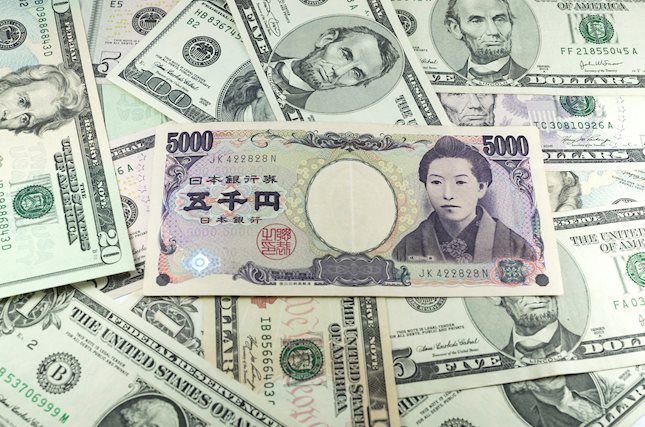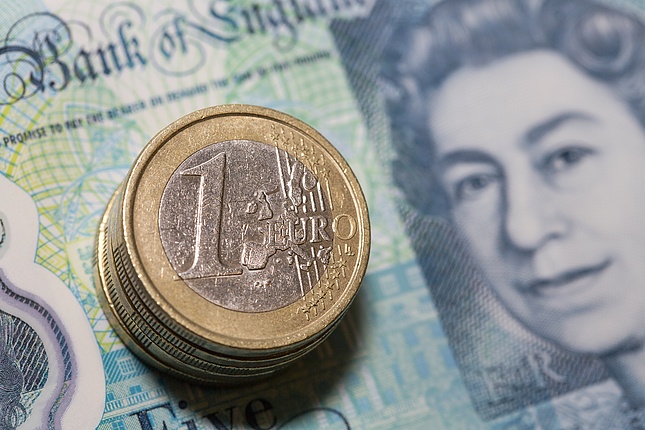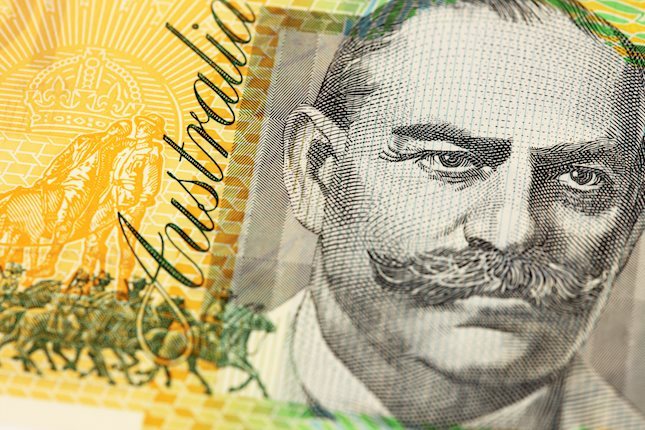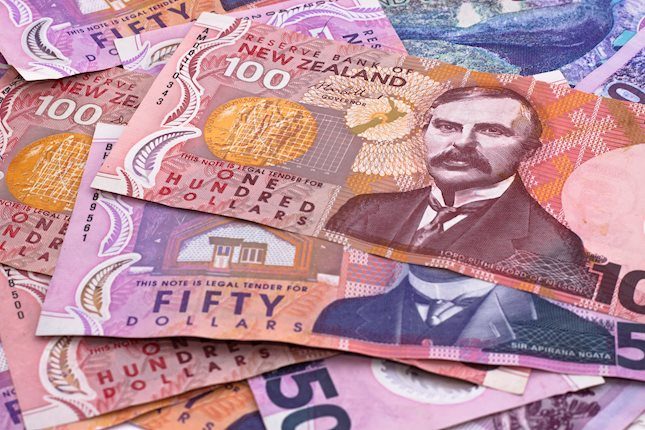USD/CHF trades firmer to near 0.8650 as traders await the US NFP data
- USD/CHF trades stronger to around 0.8640 in Friday’s early European session.
- Investors will closely monitor the US October employment report on Friday.
- The risk-off sentiment could boost the CHF, a safe-haven currency.
The USD/CHF pair gathers strength to near 0.8640 during the early European session on Friday. The rebound of the US Dollar (USD) underpins the major pair ahead of the release of the US employment report, which is due later on Friday.
The US economic data have surprised on the upside over the last two months, indicating that the US Federal Reserve (Fed) ought to be patient with its easing policy in its next meetings. Financial markets have priced in about a 90% possibility that the Fed will cut rates by 25 basis points (bps) next week, a reduction from the 50 basis points in September, according to the CME FedWatch tool.
Nonetheless, the US central bank may take the upcoming Nonfarm Payrolls (NFP) data on Friday into consideration about the pace and size of rate reductions in November. The US economy is estimated to added 113K job additions in October, while the Unemployment Rate is expected to remain steady at 4.1% during the same period.
Substantial job market cooling could prompt the Fed to react with more aggressive cuts, weighing on the USD. However, some labor weakness may be attributed to temporary distortions from Hurricane Helene.
On the Swiss front, the risk-off mood amid the uncertainty surrounding the US presidential election next week and the ongoing geopolitical tensions in the Middle East could boost the safe-haven flows, benefiting the Swiss Franc (CHF). Authorities say two separate Hezbollah rocket attacks killed seven people in northern Israel, making it the worst day of such strikes in months, per the BBC.
Swiss Franc FAQs
The Swiss Franc (CHF) is Switzerland’s official currency. It is among the top ten most traded currencies globally, reaching volumes that well exceed the size of the Swiss economy. Its value is determined by the broad market sentiment, the country’s economic health or action taken by the Swiss National Bank (SNB), among other factors. Between 2011 and 2015, the Swiss Franc was pegged to the Euro (EUR). The peg was abruptly removed, resulting in a more than 20% increase in the Franc’s value, causing a turmoil in markets. Even though the peg isn’t in force anymore, CHF fortunes tend to be highly correlated with the Euro ones due to the high dependency of the Swiss economy on the neighboring Eurozone.
The Swiss Franc (CHF) is considered a safe-haven asset, or a currency that investors tend to buy in times of market stress. This is due to the perceived status of Switzerland in the world: a stable economy, a strong export sector, big central bank reserves or a longstanding political stance towards neutrality in global conflicts make the country’s currency a good choice for investors fleeing from risks. Turbulent times are likely to strengthen CHF value against other currencies that are seen as more risky to invest in.
The Swiss National Bank (SNB) meets four times a year – once every quarter, less than other major central banks – to decide on monetary policy. The bank aims for an annual inflation rate of less than 2%. When inflation is above target or forecasted to be above target in the foreseeable future, the bank will attempt to tame price growth by raising its policy rate. Higher interest rates are generally positive for the Swiss Franc (CHF) as they lead to higher yields, making the country a more attractive place for investors. On the contrary, lower interest rates tend to weaken CHF.
Macroeconomic data releases in Switzerland are key to assessing the state of the economy and can impact the Swiss Franc’s (CHF) valuation. The Swiss economy is broadly stable, but any sudden change in economic growth, inflation, current account or the central bank’s currency reserves have the potential to trigger moves in CHF. Generally, high economic growth, low unemployment and high confidence are good for CHF. Conversely, if economic data points to weakening momentum, CHF is likely to depreciate.
As a small and open economy, Switzerland is heavily dependent on the health of the neighboring Eurozone economies. The broader European Union is Switzerland’s main economic partner and a key political ally, so macroeconomic and monetary policy stability in the Eurozone is essential for Switzerland and, thus, for the Swiss Franc (CHF). With such dependency, some models suggest that the correlation between the fortunes of the Euro (EUR) and the CHF is more than 90%, or close to perfect.
Forex News
Keep up with the financial markets, know what's happening and what is affecting the markets with our latest market updates. Analyze market movers, trends and build your trading strategies accordingly.
















